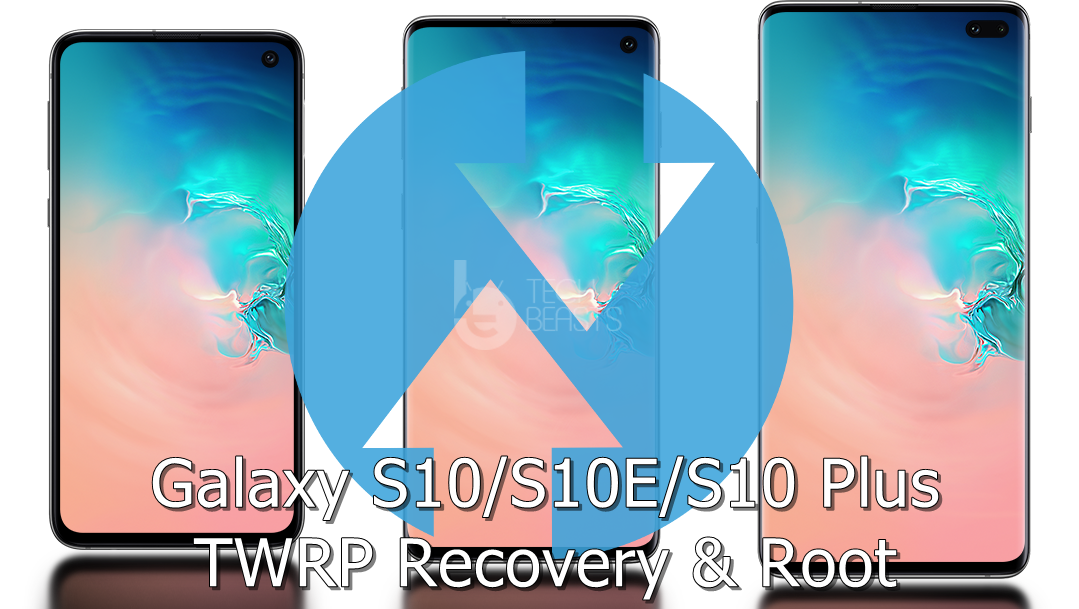Galaxy J3 2017 owners, you can start modifying your device now. The custom recovery i.e. TWRP recovery is out for the phone. Follow this guide to install TWRP and Root Galaxy J3 2017. The process to install TWRP recovery on Galaxy J3 2017 is a little bit complex, that’s why you have to find the guide carefully. Once we have installed the TWRP, rooting the phone will be no problem at all. Go through the recap of this phone and then take a look at the steps.
Galaxy J3 belongs to Samsung’s mid-range Galaxy J series. The J3 2017 was launched last year in July. Galaxy J3 is equipped with a 5.0-inch 720P display. Samsung’s in-house Exynos 7570 CPU is powering up this phone. There is Mali-T720 MP2 GPU to accompany the Exynos CPU on this phone. The Galaxy J3 has a 16GB internal storage and 2GB RAM. There is a microSD card slot which supports up to 256GB of external storage. A 13MP camera is added at the back while a 5MP camera is available on the front.
Galaxy J3 2017 ran on Android 7.0 Nougat out of the box. There are likely chances that this phone will not get any further update of Android and it will stick to Android Nougat only. It has a 2,400 mAh battery under the hood. Galaxy J3 is a good choice for those who are looking for a mid-range phone inclined towards a budget-friendly lineup.
If you are not satisfied with the stock state of your Galaxy J3, it’s time for you to install the TWRP recovery on the phone and root it. Those who already have some experience of installing custom recoveries and rooting, they can follow this guide without any kind of fears. Galaxy J3 users who have never rooted a phone before, they have to pay extra attention to the process. Missing a single step can potentially brick your phone and you will end up in bootloop. I have tested and verified this guide. Everything will be done successfully as long as you follow this guide to the letter.
Contents
Important prerequisites
TWRP recovery and root files will work for the Galaxy J3 2017 J330F/FN/G/DS/U. Do not try this method on any other device as you will result in bricking it because of invalid files.
Charge your phone up to 50% to avoid power issues during flashing process.
Enable USB deubgging from the developer options in your phone.
Enable OEM Unlocking on your phone from the developer options as well.
Backup all your important contacts, call logs, sms messages and media content.
Use your phone’s original data cable to connect it to your PC.
If you have Samsung Kies installed on your PC, turn it off while using Odin.
Disable Firewall/Antivirus in order to download the files properly.
Get a microSD card or a USB OTG since you need to copy the files to it.
Follow the rest of the method being very careful.
Install TWRP and Root Galaxy J3 2017 J330F/FN/G/DS/U
Files you need to download:
- Install Samsung USB drivers on your PC.
- Download Odin 3.11.1 on your PC and extract it to get Odin3.exe.
- Download TWRP Recovery for Galaxy J3 2017 J330F, J330FN, J330FZ, J330G, J330DS: twrp_3.2.1-1_sm-j330f_270117
- TWRP for Galaxy J3 J327U: twrp_3.1.1-1_sm-j327u_271117
- Download SuperSU.zip and DM-Verity file and copy these files to an external SD card or a USB OTG.
Install TWRP Recovery on Galaxy J3 2017
- Open Odin3.exe file from the extracted Odin files that you downloaded above.
- Put your Galaxy J3 2017 in download mode now. To do so, turn off your phone first. Now turn it on by pressing and holding Volume Down + Power + Home button. As soon as your device boots up showing a Downloading screen, leave the keys.
- Connect your phone to your PC now. Odin should show an “Added” message in the logs and also show the blue light in the ID:COM box. This will verify a successful connection between your phone and your PC.
- Now click on the “AP” tab in Odin and select the TWRP Recovery.img.tar file according to your device carefully.
- The options ticked in Odin should be only “F.Reset Time“. Make sure that the Auto-Reboot option is not checked, we do not want to reboot the phone after flashing TWRP recovery.
- After selecting the file and checking/unchecking the options carefully, hit the start button. Odin will now flash the TWRP and show you a PASS message in a few minutes.
- Once done, disconnect your device from your PC now. Do not reboot your device.
Root and disable forced encryption
- Now you need to boot directly into TWRP Recovery. Turn off your phone completely and turn it on by pressing and holding Volume Up + Home + Power key now. Your phone should successfully boot into newly installed custom recovery.
- TWRP will ask you whether you want to allow modifications or not, you will need to swipe the finger to the right to enable modifications. Swiping the finger to right will trigger dm-verity, if you will need to disable it immediately. Leaving it enabled will let you boot the phone neither root it. This is an important stuff since we want to be able to modify the system.
- Now tap “Wipe > Format Data > type “yes” to format data. This is important to disable encryption. This step will factory reset your phone, so make sure that you’ve backed up the entire data at hand.
- Now make sure that you’ve copied the SuperSU.zip and dm-verity.zip files in external SD Card or USB OTG, if not then transfer both these files to your external SD Card by using MTP mode in TWRP now.
- Once you have the files, tap “Install > locate the SuperSU.zip according to the location where you copied > flash it”.
- Now once again tap “Install > locate the dm-verity.zip file > flash it”.
- Once done flashing, reboot your phone to the system.
- That’s all. You’re rooted and have a TWRP recovery installed. Best of luck.
- Verify root now: How to check Android phone is rooted or not using Root Checker
Let me know if I can help you guys any further. That’s all for now.
Credits: Ashyx













